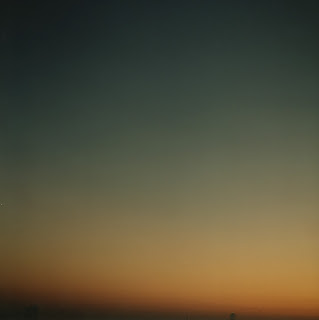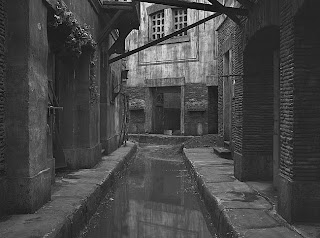Source: http://www.photographyblog.com/news/world_photography_festival_2011/
The World Photography Festival 2011 runs from the 26th of April to the 1st of May at Somerset House, London. The Festival is set to be an exciting week of workshops, seminars, photo shoots and talks led by the international photography industry such as Bruce Davidson, Francis Hodgson, Tom Stoddart, Yasima Reggad, Foto 8, Panos Pictures, Blurb and iStock. Somerset House will be a hub of photographers sharing their work, learning from the experts and being critiqued. In addition the Sony World Photography Awards Gala Ceremony will take place at the Odeon cinema on Leicester Square in London on Wednesday 27th of April.
The World Photography Festival are offering Photography Blog readers a 10% discount on the price of the festival tickets. To benefit from the discount, please enter the following promotional code MAG10 in the box ‘Gift Voucher’ under the following link: http://bit.ly/h2gavQ
I found this quite exiting and I think it will benefit my knowledge of photography substantially. I find events like this inspiring and they always get the ball rolling.











 s
s

































